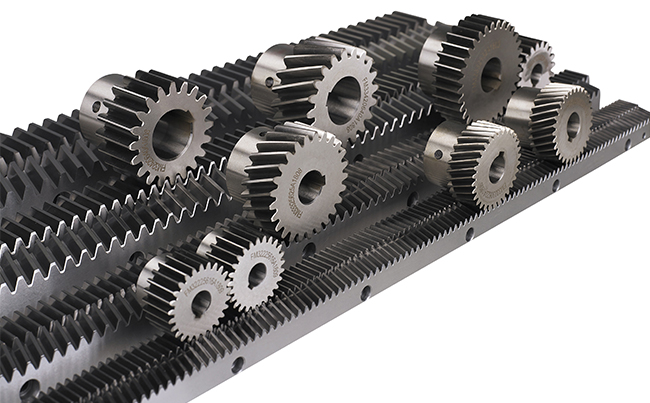齒輪齒條的選型參考依據
2019-10-08 14:28:08
峰茂傳動
0
齒輪齒條的選型參考依據: 齒輪的硬度應該高于齒條5個硬度點,因為齒輪齒數少,運行頻繁。 因此齒輪的材料要優于齒條,這是齒輪齒條配合的一個基本出發點。
峰茂齒輪一般采用16MnCr5材料制造,齒條一般采用C45鋼材料制造,特殊材料定制要求,在產品選型的時候請特別告知。背隙是齒輪齒條齒面之間的間隙量,將取決于選定的齒條,齒輪和齒條安裝精度。可以通過我們的消隙齒輪軸或雙輸出齒輪驅動系統來完全消除背隙。

齒輪齒條選擇正確型號的齒輪齒條取決于很多因素,包括精度和負載的要求,設計的約束,成本等。
齒輪齒條選型需提供模數、齒型、齒條長度、齒輪齒條齒數、精度等級、產品類型、及螺旋角要求等等,不清楚的可直接向峰茂業務人員免費咨詢,他們可根據你實際應用要求幫你正確選型!